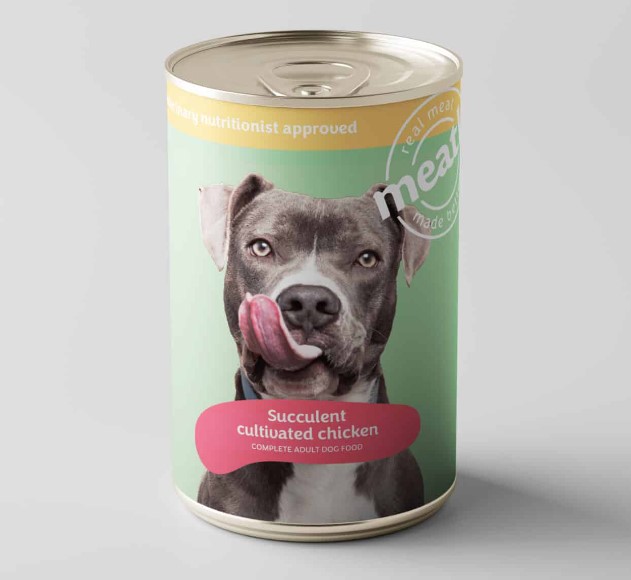Cats and kittens love to stalk prey and to them a wasp or bee is simply that – prey.
However, if your cat or kitten catches a wasp or bee they may be stung once or even multiple times, and depending on their immune system the reaction of one or multiple stings can range from a small swelling around the sting site to breathing and other difficulties.
If your cat has allergies, or if the stings are severe enough, they can result in death.
To help you determine whether the situation is serious we have put together some guidelines. Although not exhaustive, used in conjunction with the knowledge of your cat’s general health you will be able to gauge the severity of the situation.
If in doubt, take your cat to the veterinarian immediately.
Related: All articles on first aid.
Discovering the sting site
If your cat spends most of his time outside and out of view, then it is easy to miss the event of a sting.
Unless you have been watching your cat trying to catch a wasp or bee it is likely that the first sign she has been stung will be her licking a particular area more than usual.
Your cat may be reluctant to allow you to touch or look at the area, but you must take steps to examine her to make sure she is does not have multiple stings, or that the sting site isn’t unduly swollen.
Once you’ve located the site of a sting, it is important to gauge severity. Both by determining if it is a single sting or multiple, as well as looking for the following signs of a severe reaction.
Sings of a severe sting reaction in cats
Even if your cat has only been stung once she can react dramatically to the venom in her bloodstream. Our cats are small, and the venom from a sting can be more severe than it is for us.
Before you administer any first aid, observe whether your cat is:
- Having difficulty breathing
- Vomiting
- Showing signs of lethargy
- Convulsing or twitching
- Losing consciousness
If any of these symptoms are prevalent you must seek medical assistance immediately.
If your cat is merely displaying signs of discomfort around the sting site, proceed with the following first aid steps, but maintain a close watch on her for several days. Most allergic reactions happen immediately, but in some cases it may take several days for symptoms to show. If this is the case, take your cat to the vet immediately.
You should seek immediate medical assistance if your cat has been stung in the mouth or on her tongue. The swelling can result in blocked airways or difficulty breathing.
If your cat stops breathing carry out Animal CPR until you can hand over to a medical professional.
Treating a sting at home
The two most common causes of sting to a cat in Australia are bee and wasp stings. Both must be handled differently.
Bee stings
Bee stings are spiked and will detached itself from the bee and remain in the skin of your cat. This kills the bee and therefore presents no more danger to your cat.
When you have discovered the site of the sting examine it carefully to see if the sting is still embedded in your cat’s skin. If it is, remove it by scraping it with your fingernail or a stiff piece of plastic or card (a bank card is ideal).
Do not remove the sting with tweezers or between your fingernails unless absolutely necessary as you may be squeezing more poison into the bloodstream. If you do have to tweeze the sting out monitor the area and your cat for signs of severe reactions as above.
Treat the area with a pet specific antiseptic cream or lotion.
Wasp stings
Wasp stings are more painful than bee stings and as stinging does not kill the wasp it has the ability to sting several times. There is no sting to remove, so simply treat the area with a pet specific antiseptic cream or lotion and monitor your cat as above.
If you do not have any pet specific antiseptic cream, you can make up a weak solution of baking soda and water or apply an ice pack to the affected area to reduce the pain.
Take steps to prevent your cat form licking or chewing the affected area as this can cause an infection.
When treating your cat, take precautions to prevent injury to yourself by wrapping your cat in a towel so she cannot claw or scratch you.



Leave a Reply